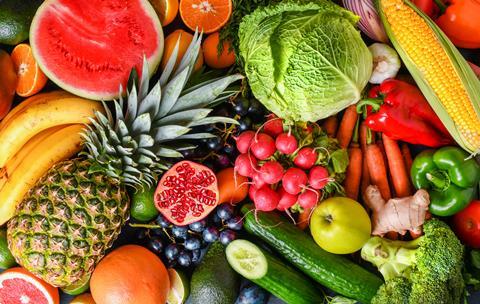At an event in Brussels, the organisation outlined the next steps for its implementation in the F&V sector
The Technical Secretariat (TS) of the FreshProducePEFCR, which has developed the technical rules for calculating the environmental footprint of fruits and vegetables as part of Freshfel’s Environmental Footprint Initiative, welcomed more than 50 fruit and vegetable sector representatives to its event ‘Presentation of the FreshProducePEFCR & Next Steps’ on 9 April.

Growing need for a standardised environmental footprint methodology
The event focused on the finalisation of the FreshProducePEFCR, which seeks to address the growing need for a standardised environmental footprint methodology for the fresh produce sector.
In light of the EU environmental footprint accountability requirements and the increasing transparency demands from the supply chain and consumers, the Technical Secretariat (TS) of the FreshProducePEFCR on a harmonised solution for the sector that is aligned with the Product Environmental Footprint has worked in the past years (PEF) methodology as recommended by the EU, to enhance the sector’s sustainability and maintain its competitiveness.
Freshfel Europe vice-president Frédéric Rosseneu started the event by highlighting the need to develop PEFCR tools for the fruit and vegetable business.
“Developing a harmonised methodology and category rules is essential for the sector and its ability to communicate the sustainability assets of fresh produce,” he said. “We need to speak the same language if we want to talk to consumers and address their transparency demands effectively.”
Jeroen Weststrate (project leader and Researcher at Wageningen University & Research) presented the process of developing the calculation rules, as well as the finalisation of the FreshProducePEFCR and its implementation in the sector.
He explained: “The PEFCR project is a prime example of how sectoral collaboration can drive meaningful impact. Not only has a new industry standard been set, but it has also laid the foundation for lasting environmental and sectoral change, providing trustworthy sustainability metrics that drive targeted sustainability performance improvements, while ensuring comparable results.”
Fresh Produce Centre’s general manager Richard Schouten focused on the concrete advantages that the use of the FreshProducePEFCR will bring to the sector.
“By developing the FreshProducePEFCR, the sector takes a proactive step to be more transparent to help create one common standard on environmental sustainability,” he noted.
Freshfel Europe general delegate Philippe Binard concluded the event by encouraging the fruit and vegetable sector to embrace the advantages of the tools that effectively harmonise the environmental accountability of the sector, telling them: “After years of progress, we look forward to the next big step for the FreshProducePEFCR – its adoption and implementation by the wide variety of actors in the fresh produce business.
“As the process of bringing the chain together to develop the methodology comes to an end, it’s now up to the sector to take to the fullest this opportunity to calculate, communicate, and further enhance the environmental benefits of fresh fruit and vegetables.”



